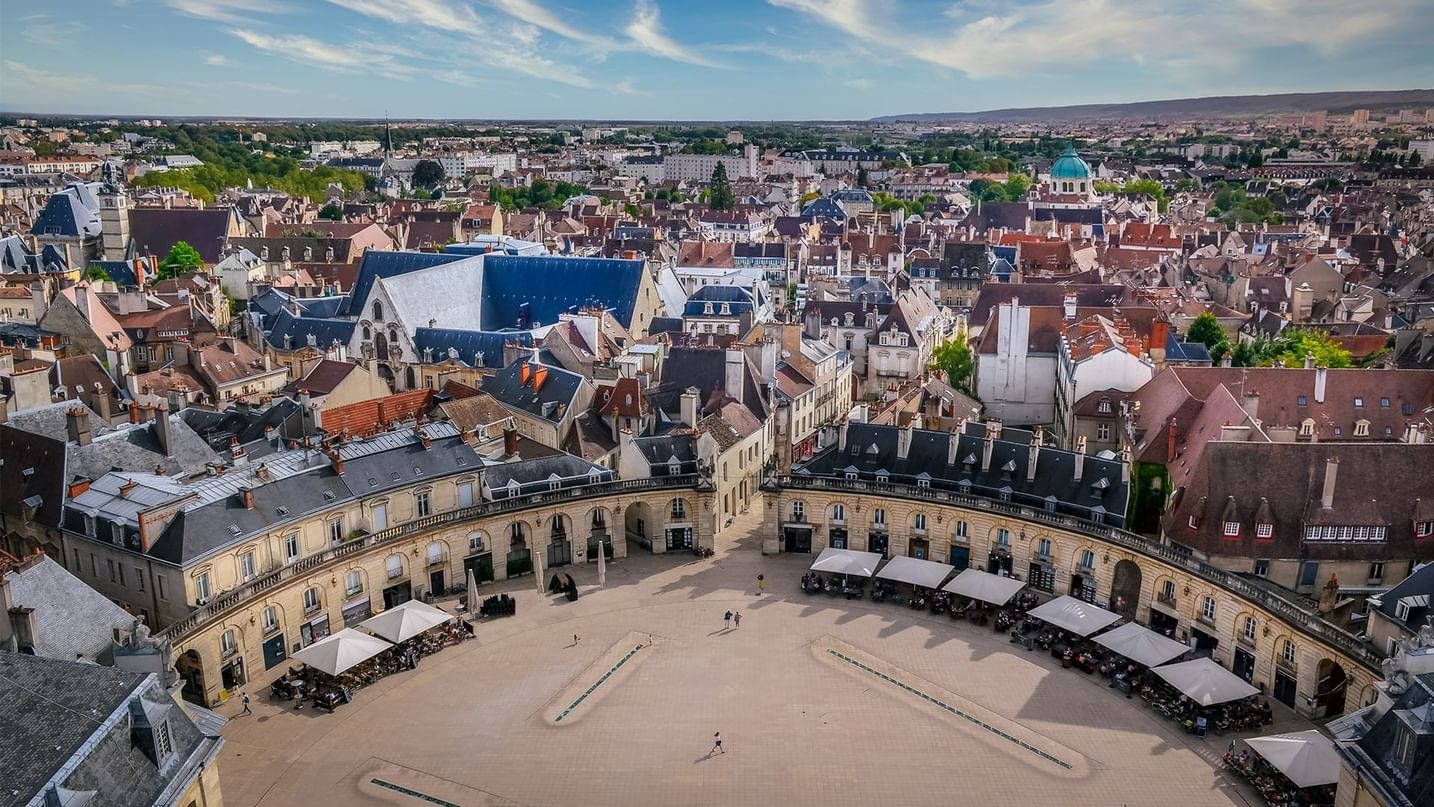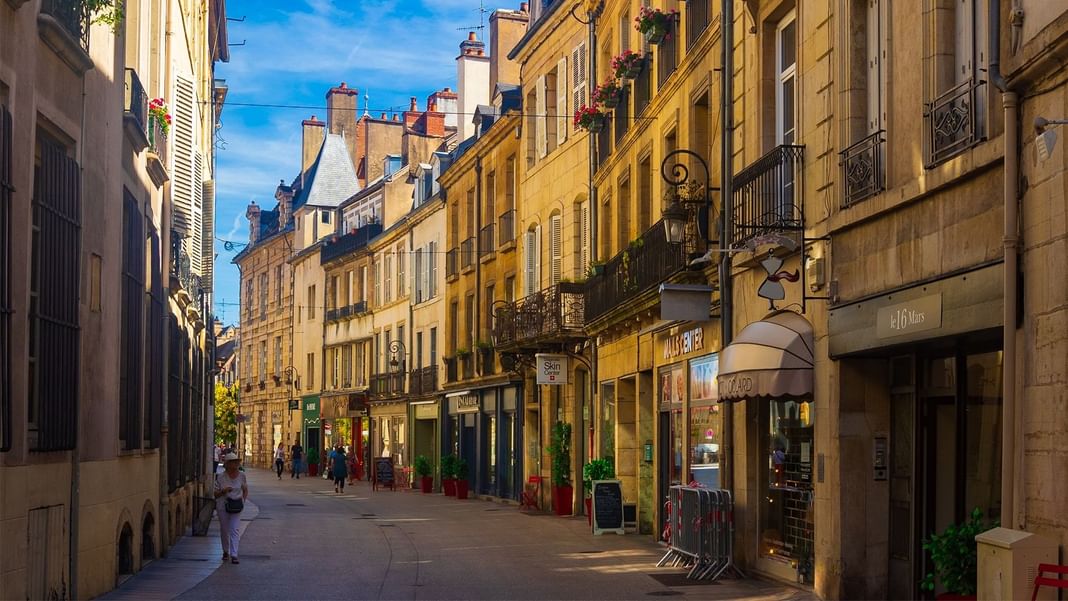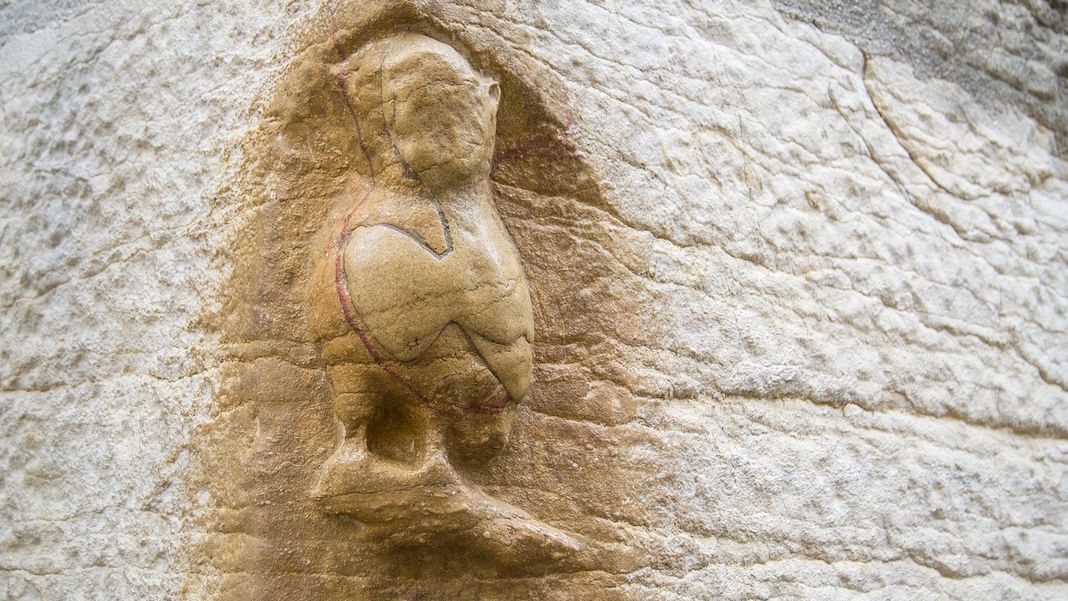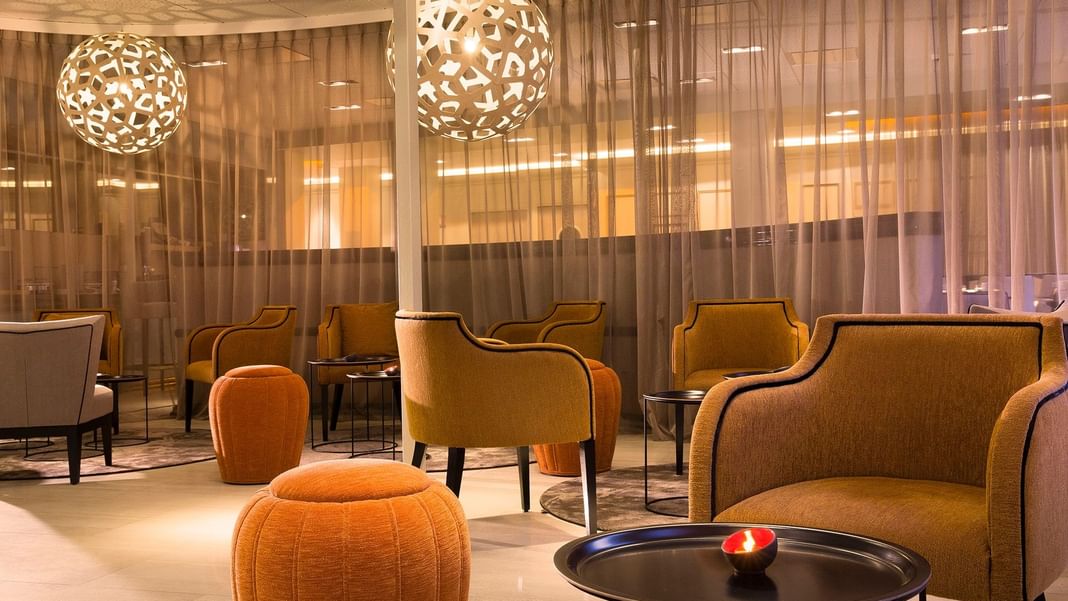Stay in Dijon
The perfect mix of history, culture and gastronomy
Once the capital of the Dukes of Burgundy, Dijon is now the capital of the Côte-d’Or department. It has exceptional cultural wealth that testifies to the time when it was the center of the Duchy of Burgundy. This city, previously known as “Sleeping Beauty”, is famous for its significant historical heritage and gastronomy. It promises an authentic vacation full of discoveries.
Dijon: a quintessential cultural destination
Dijon has a UNESCO-listed historic center with half-timbered houses and the famous Palais des Ducs. The city inherited this historic heritage from its prosperous past. During the 15th century, Dijon was famed throughout Europe. This history is perfectly preserved through a variety of architectural styles that add to the city’s charm. It should be noted that Dijon has now been awarded the “City of Art and History” label thanks to its vast 97 hectares of protected land. The latter is listed as a UNESCO World Heritage Site as part of the Climats, terroirs of Burgundy listing.
This city in central France is also known for its food. Its proximity to the vineyards of Burgundy makes it one of the main wine-growing regions in France.
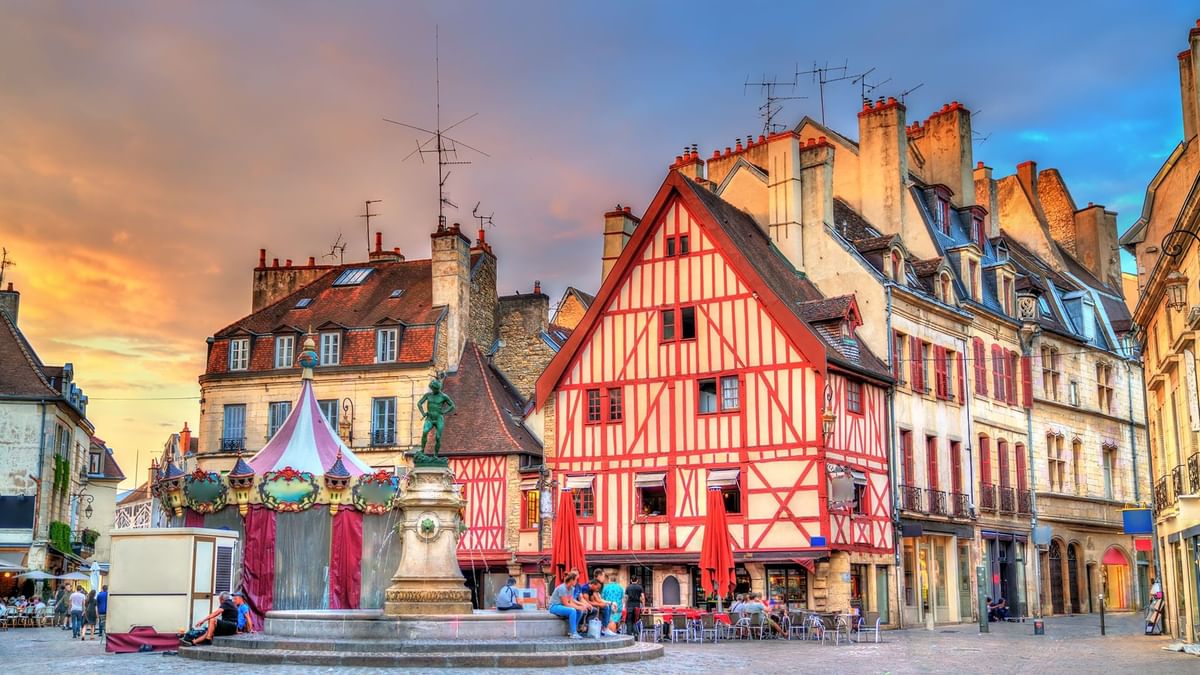

A few fun facts about Dijon to discover it differently
Must-sees in Dijon
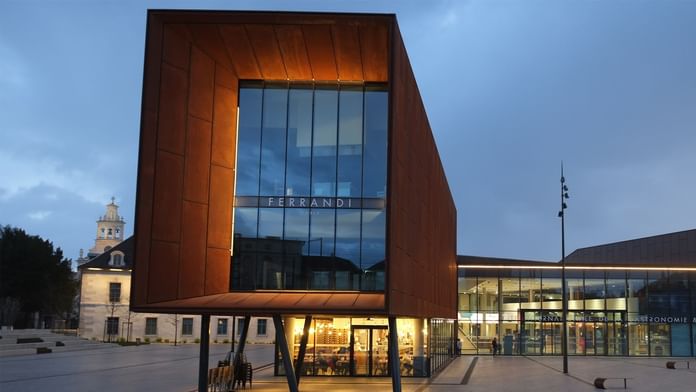
The international city of gastronomy and wine of Dijon
The International City of Gastronomy and Wine of Dijon, inaugurated in 2019, celebrates the culinary and wine richness of Burgundy. Located in the former general hospital, it offers an immersive experience with interactive exhibitions, workshops and tastings. This unique place highlights the evolution of gastronomy through the ages, highlighting the local terroir and the great renowned chefs. The City of Dijon plays a crucial role in the promotion and preservation of French gastronomic heritage.
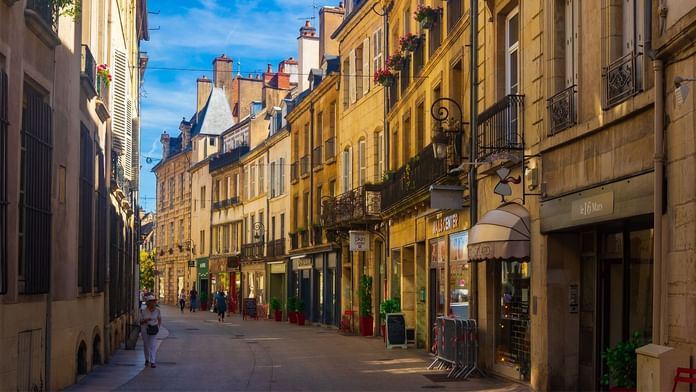
Stroll through historic downtown Dijon
The heart of the city is an emblematic listed UNESCO World Heritage Site, mixing culture and fun. The fully pedestrian center offers fascinating medieval streets and magnificent half-timbered houses. Downtown Dijon contains many sites of interest, such as Église Notre-Dame church. Visiting this historic area also provides an opportunity to stroll around the city’s most famous square, Place François Rude.

Visit the Palais des Ducs de Bourgogne
A true symbol of Dijon, this palace contains the former Ducal residence from the Middle Ages and the 17th-century Palais des États de Bourgogne. This emblematic building also houses the Musée des Beaux-Arts, Tour Philippe Le Bon, Chapelle des Élus, and the Salle des États.




